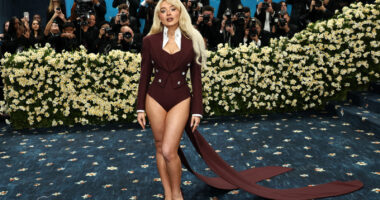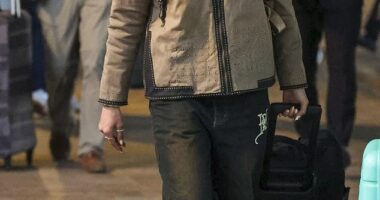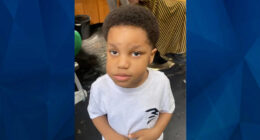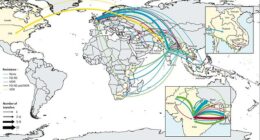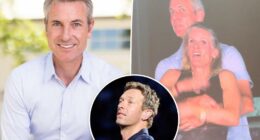The 58-second TikTok video was supposed to be a warning for young Australians to take sun safety seriously.
Instead, Melbourne mum Rachel Blease was flooded with comments claiming sunscreen caused her skin cancer.
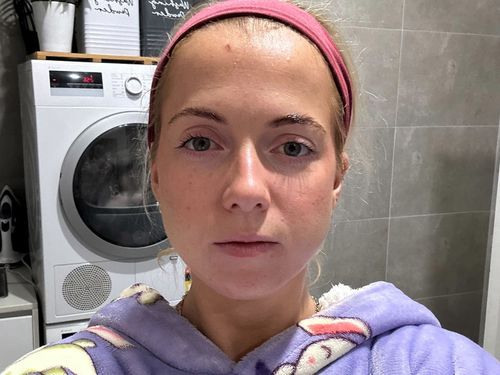
It’s one of many false claims about sunscreen doing the rounds on social media this summer and Australians are being warned not to fall for it.
“We have seen a huge spike in misinformation about the causes of skin cancer, in particular the role of sunscreen, which is very disturbing,” Liz King, Manager of Skin Cancer Prevention at Cancer Council NSW, told 9news.com.au.
It has experts worried that young Aussies could be swayed to skip sunscreen by baseless claims pushed online, potentially increasing their risk of developing skin cancer.
Australia already has the highest rates of skin cancer in the world and King doesn’t want to see them rise under any circumstance.
Neither does Blease, who knows just how dangerous is can be to ignore sun safety warnings.
She was lax about sunscreen as a teenager and suffered a few bad burns but never dreamed that would land her with a basal cell carcinoma (BCC) diagnosis at 32.
The cancer first appeared as a pink dot on her forehead that she ignored for years.

A biopsy eventually revealed what it really was and Blease had to undergo weeks of topical chemotherapy which left her with a large, “confronting” wound on her forehead.
Rattled by her diagnosis, she shared her story on TikTok in the hopes of educating other young Australians, only for her phone to buzz with hundreds of comments falsely claiming sunscreen was to blame.
”I can’t even tell you how many comments I’ve deleted,” she told 9news.com.au.
“I don’t want teenagers, or anyone really, reading that. It’s so dangerous putting that misinformation out there, especially if young, vulnerable children are reading it.”
It horrified her to think that young people might read those comments and stop using sunscreen, risking a diagnosis like her own.
Michell Wong, an Australian science educator and cosmetic chemist, is one of a handful of experts combating sun safety misinformation on social media.
She told 9news.com.au that much of the misinformation on social media can be traced back to people misinterpreting studies, especially in the US, where sunscreen regulations and technology are years behind the Australian standard.
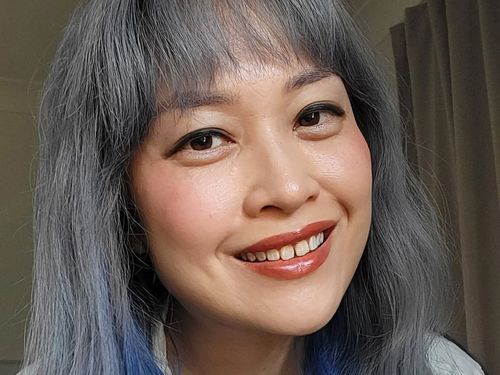
“A lot of it is just that chemical sunscreens have long names that are hard to pronounce. It’s that sort of ‘stranger danger urge’, that chemical phobia,” she said.
”If something is scary, it stops us from thinking critically and so we’re more likely to accept the information.”
Social media misinformation can seem compelling on the surface but Wong urges Aussies to take what they see online with a grain of salt, especially if it’s coming from an influencer with no credentials or who stands to profit by selling courses on the topic.
King admits social media misinformation is a new and evolving challenge for Cancer Council but one it’s working to combat.
Mark Nevin, Cancer Council Australia CEO, told 9news.com.au the campaign “took a whole new approach to reaching young Australians ages 18-30 by harnessing Gen Z culture, social media, and the power of influencers, fashion and lifestyle media and brands to challenge these harmful norms, attitudes and suntanning behaviours.”
Cancer Council plans to continue encouraging young Australians to take sun safety seriously and engage in SunSmart behaviours by meeting them where they’re at: online.
Blease just hopes the positive messaging can drown out the misinformation in time for the next generation of Australians to be spared a diagnosis like hers.
“It only takes one bad burn for this type of thing to happen.”

